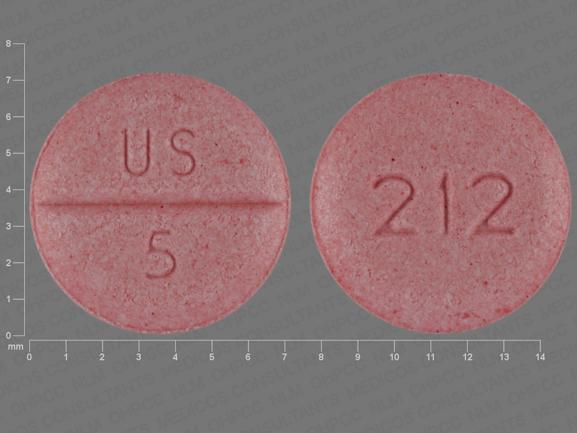Midodrine Disease Interactions
There are 4 disease interactions with midodrine.
Midodrine (applies to midodrine) hypertension/diabetes
Major Potential Hazard, Moderate plausibility. Applicable conditions: Diabetes Mellitus
Midodrine can cause marked elevation of supine blood pressure (BP>200 mmHg systolic) and should not be used in patients with persistent and excessive supine hypertension. Systolic elevations of this degree are most likely to be observed in patients with relatively elevated pre-treatment systolic blood pressures (mean 170 mmHg). There is no experience in patients with initial supine systolic pressure above 180 mmHg, as those patients were excluded from the clinical trials. Use of midodrine in such patients is not recommended. Additionally, care should be taken when using this agent in orthostatic hypotensive patients who are also diabetic. Supine and sitting hypertension should be evaluated at the beginning of therapy, and blood pressure (supine, sitting, and orthostatic) should be monitored regularly.
Midodrine (applies to midodrine) hypertensive effects
Major Potential Hazard, High plausibility. Applicable conditions: Pheochromocytoma, Thyrotoxicosis, Heart Disease
The use of midodrine is contraindicated in patients with severe organic heart disease, pheochromocytoma, or thyrotoxicosis.
Midodrine (applies to midodrine) renal dysfunction
Major Potential Hazard, Moderate plausibility. Applicable conditions: Urinary Retention
The use of midodrine is contraindicated in patients with acute renal disease or urinary retention/obstruction disorder. Midodrine is primarily eliminated by the kidney as desglymidodrine (active metabolite). The serum concentration of midodrine is expected to be increased in patients with renal impairment. Desglymidodrine induces urinary retention by increasing bladder neck tone. Therapy with midodrine should be administered cautiously and initiated at 2.5 mg doses in patients with compromised renal function. Clinical monitoring of renal function prior to initiation of therapy and subsequently as appropriate and blood pressure (supine, sitting, and orthostatic) is recommended. Midodrine is removed by dialysis.
Midodrine (applies to midodrine) hepatic dysfunction
Moderate Potential Hazard, Moderate plausibility. Applicable conditions: Liver Disease
Midodrine, a prodrug, undergoes bioactivation in a variety of tissues to desglymidodrine, an alpha-1 agonist. The liver functions in the metabolism of midodrine and desglymidodrine. The pharmacokinetic disposition of midodrine has not been studied in patients with hepatic impairment. Therapy with midodrine should be administered cautiously in patients with compromised hepatic function. Clinical monitoring of hepatic function prior to initiation of therapy.
Switch to professional interaction data
Midodrine drug interactions
There are 171 drug interactions with midodrine.
Midodrine alcohol/food interactions
There is 1 alcohol/food interaction with midodrine.
More about midodrine
- midodrine consumer information
- Check interactions
- Compare alternatives
- Pricing & coupons
- Reviews (55)
- Drug images
- Side effects
- Dosage information
- During pregnancy
- Drug class: miscellaneous cardiovascular agents
- En español
Related treatment guides
Drug Interaction Classification
| Highly clinically significant. Avoid combinations; the risk of the interaction outweighs the benefit. | |
| Moderately clinically significant. Usually avoid combinations; use it only under special circumstances. | |
| Minimally clinically significant. Minimize risk; assess risk and consider an alternative drug, take steps to circumvent the interaction risk and/or institute a monitoring plan. | |
| No interaction information available. |
Further information
Always consult your healthcare provider to ensure the information displayed on this page applies to your personal circumstances.


